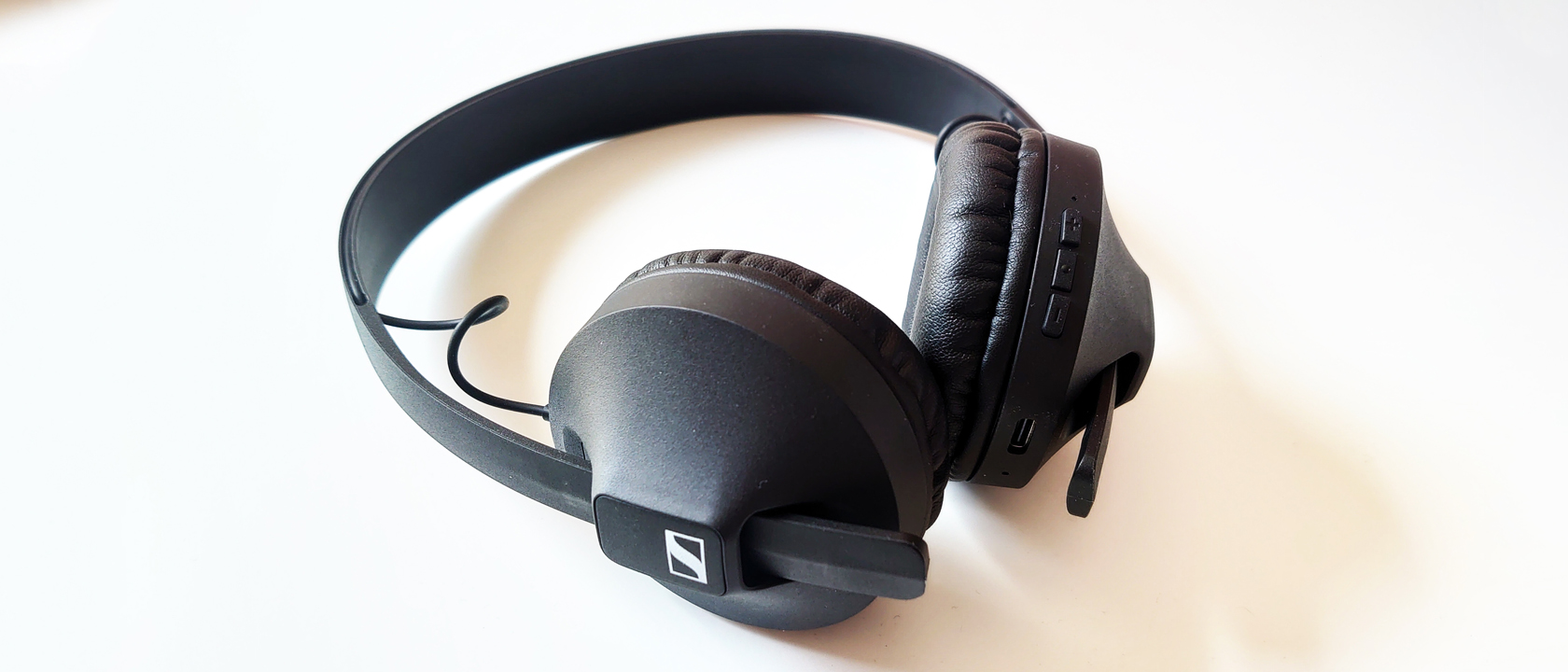TechRadar Verdict
Not luxurious, and not exactly stacked with features – but the Sennheiser HD 250BT have it where it counts. The fact that the HD 250BT don’t look, or feel, any more costly than they are is more than compensated for by the sound they make. Yes, the headband is unpadded, but the soundstage is wide open and properly defined – and that's what counts.
Pros
- +
Open, revealing and engaging sound
- +
Some EQ adjustment available
- +
Lighter and more comfortable than they look
Cons
- -
Not what you’d describe as ‘plush’
- -
Bass could sound heftier
- -
A little headband padding would be nice
Why you can trust TechRadar
One-minute review
It seems a little odd to find Sennheiser competing in this market – but the company hasn’t sacrificed any of its principles in bringing in the HD 250BT at such a startlingly low price. If sound quality is your be-all and end-all, these wireless on-ear headphones demand your attention.
The fact that the HD 250BT don’t look, or feel, any more costly than they are is more than compensated for by the sound they make.
Yes, the headband is unpadded, but the soundstage is wide open and properly defined. Yes, they’re built from plastics that feel hard and quite cheap, but they give music real detail and nuance. No, there’s no noise-cancelling or voice control, but there’s more realism to the HD 250BT than $70 / £60 / AU$130 can buy anywhere else.
So it really depends on what your priorities are. If you want to be pampered by your wireless headphones, look away now. But if you want a taste of what a company like Sennheiser is capable of without the price tag Sennheiser is capable of attaching, you’re in luck.
Sennheiser HD 250BT price and availability
- Priced at around $70 / £60 / AU$130
- Much cheaper than other Sennheiser headphones
The Sennheiser HD 250BT are on sale now, and in the US, they’re priced around $70, while UK and Australian customers can expect to pay around £60 / AU$130.
This makes them a) pretty affordable by the standard of wireless on-ear headphones in general, and b) staggeringly affordable by Sennheiser’s usual standards. In fact, if you add a ‘1’ to the front of the US and UK prices, the HD 250BT would still be pretty close to Sennheiser’s entry level.
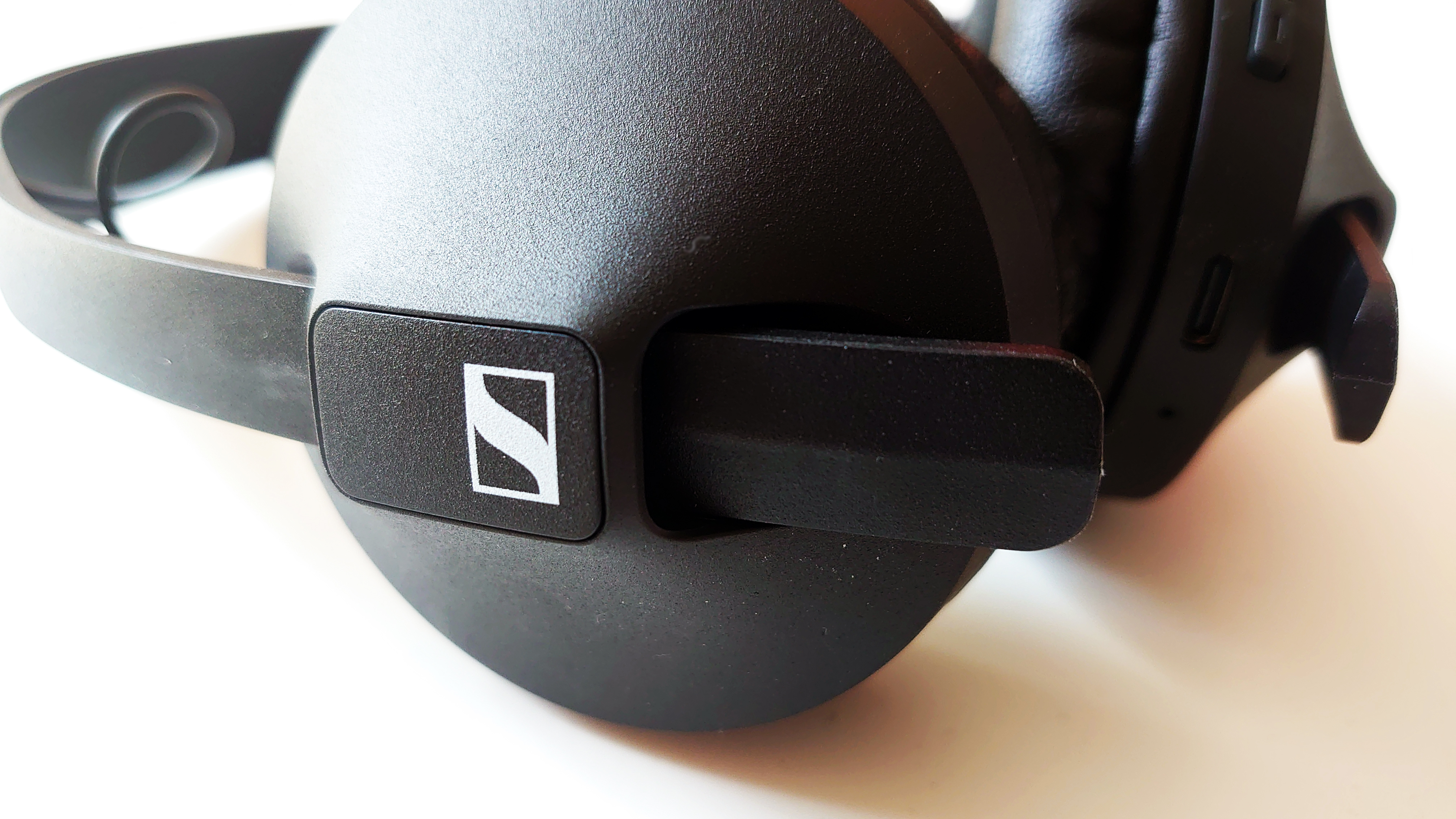
Design
- Bluetooth 5.0 with aptX Low Latency
- Up to 25 hours battery life
- 125g
You don’t need to be any kind of deductive genius to work out where Sennheiser has found at least some cost-savings where the HD 250BT are concerned. If you’re looking for headphones that aren’t built from thin and unyielding plastic, that feature even a little padding underneath the headband, that don’t have any exposed wiring, or that don’t make an ostentatious clicking noise when you adjust the position of the earcups, well… look elsewhere.
But just because the Sennheisers are made from hard, inexpensive-feeling plastic, that doesn’t mean they’re in any way badly made. The padding of the earcups is soft and comfortable, and even those of us who have fallen victim to the curse of Male Pattern Baldness will find the unpadded headband isn’t quite the instrument of torture it may at first appear. Getting the HD 250BT secure and comfy isn’t difficult – and they’ll stay that way for hours on end. An all-in weight of just 125g doesn’t do any harm in this regard, either.
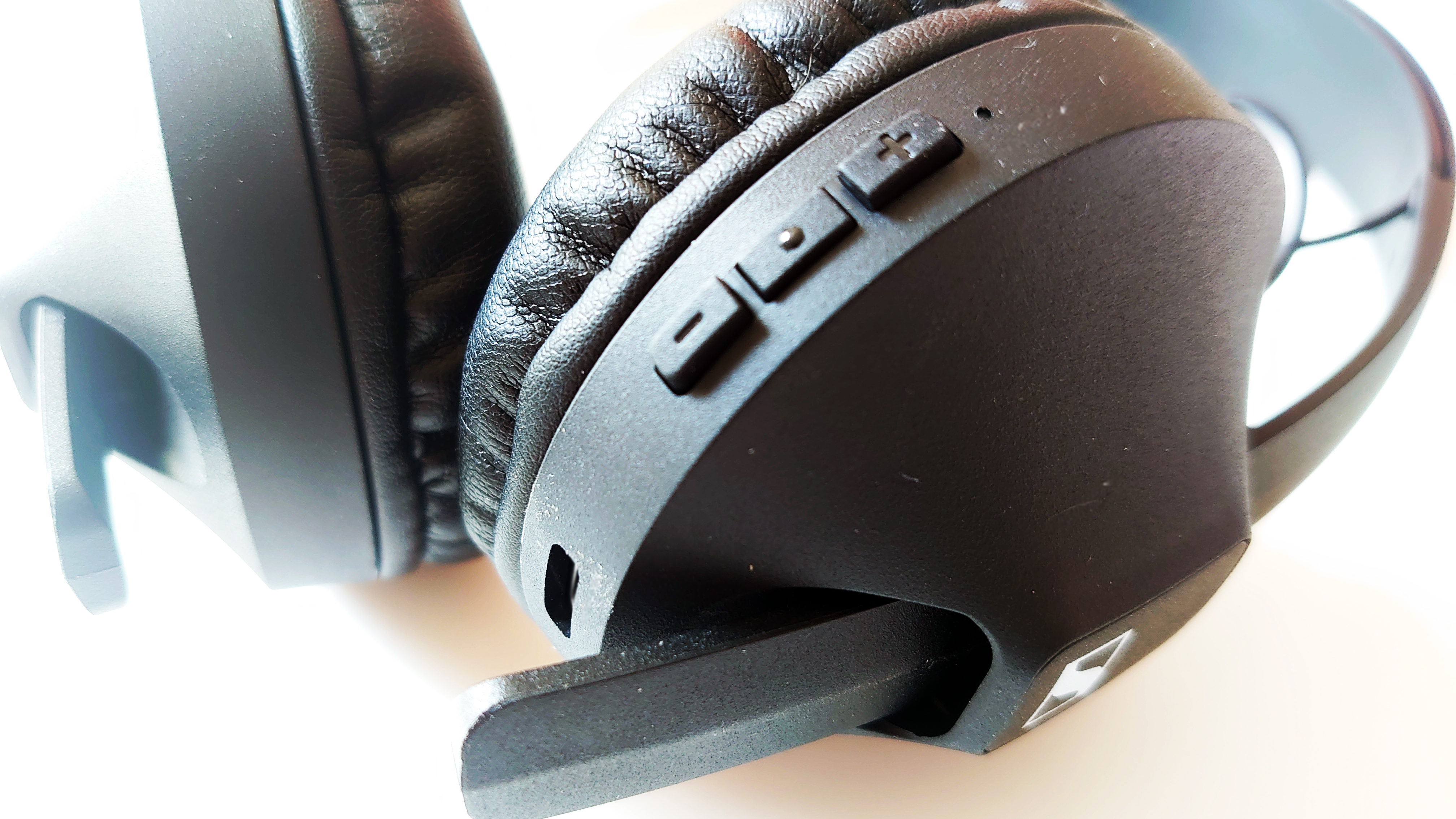
And besides, it’s not as if Sennheiser has tried to cut any obvious corners where specification is concerned. The HD 250BT use Bluetooth 5 for wireless connectivity, which means they’ll cope with big hi-res digital audio files without problems. Codec support runs to SBC and AAC, naturally, with aptX Low Latency thrown in to guarantee synchronization between audio and video content. And once the audio stuff has been Bluetooth’d aboard, it’s served to your ears by a couple of 32mm dynamic transducers inside those closed-back earcups.
Battery life is as much as 25 hours from a single charge, as long as you’re a) not caning the volume and b) listening to bog-standard SBC content. Recharging is via the USB-C socket at the bottom of the right earcup, which is also where you’ll find the extremely brief selection of physical controls. Arranged in the classic three-button strip, they cover ‘power on/off/pairing’, ‘play/pause’, ‘skip forwards/backwards’ and ‘answer/end/reject call’. The single telephony mic is here too.
The HD 250BT are compatible with Sennheiser’s splendid Smart Control app, which is free for iOS and Android. Admittedly functionality in this instance is restricted to updates and EQ adjustment, but nevertheless it’s a step up from what you might have been expecting $70 / £60 / AU130 to buy.
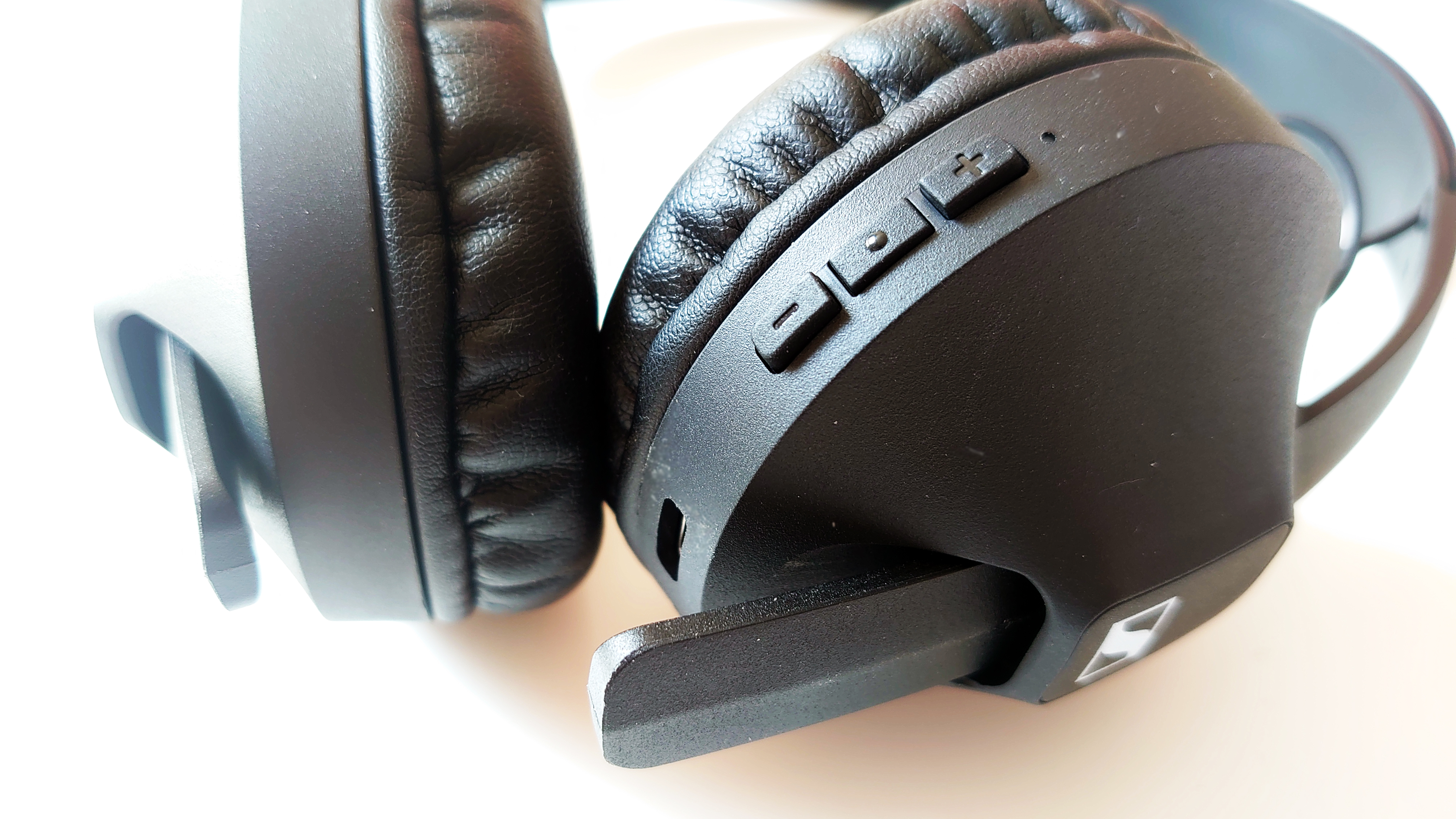
Audio performance
- Detailed, explicit sound
- Spacious and well-defined
- Bass favors speed and definition over depth
Every review needs a headline, and here’s one for the Sennheiser HD 250BT: they sound way more accomplished than seems credible at the price.
Given the best stuff to work with – and in this instance that means an MQA-powered Tidal Master file of King by Lilith Czar – the HD 250BT impress in pretty much every respect. Most immediately notable are the sheer levels of detail the Sennheiser HD 250BT manage to extract – nothing is too remote or too transient to escape their notice.
And the 250BT manage to pay attention to the minutiae without a) sound prissy about it or b) ignoring the bigger picture. They simply identify and reveal any fine detail lurking at the back or the edges of a recording, and then hand it over in proper context.
The highest frequencies are crisp, and attacking with a level of drive that’s just the right side of relentless. The midrange, always so crucial in making any pair of headphones sound realistic and convincing, is open and properly focused – so voices sound poised, naturalistic and character-packed. At the bottom end, Sennheiser has made an executive decision to prioritize momentum over out-and-out depth – which isn’t to say they’re lacking weight, but rather that they never drag at tempos. As a consequence, rhythmic expression is strong.
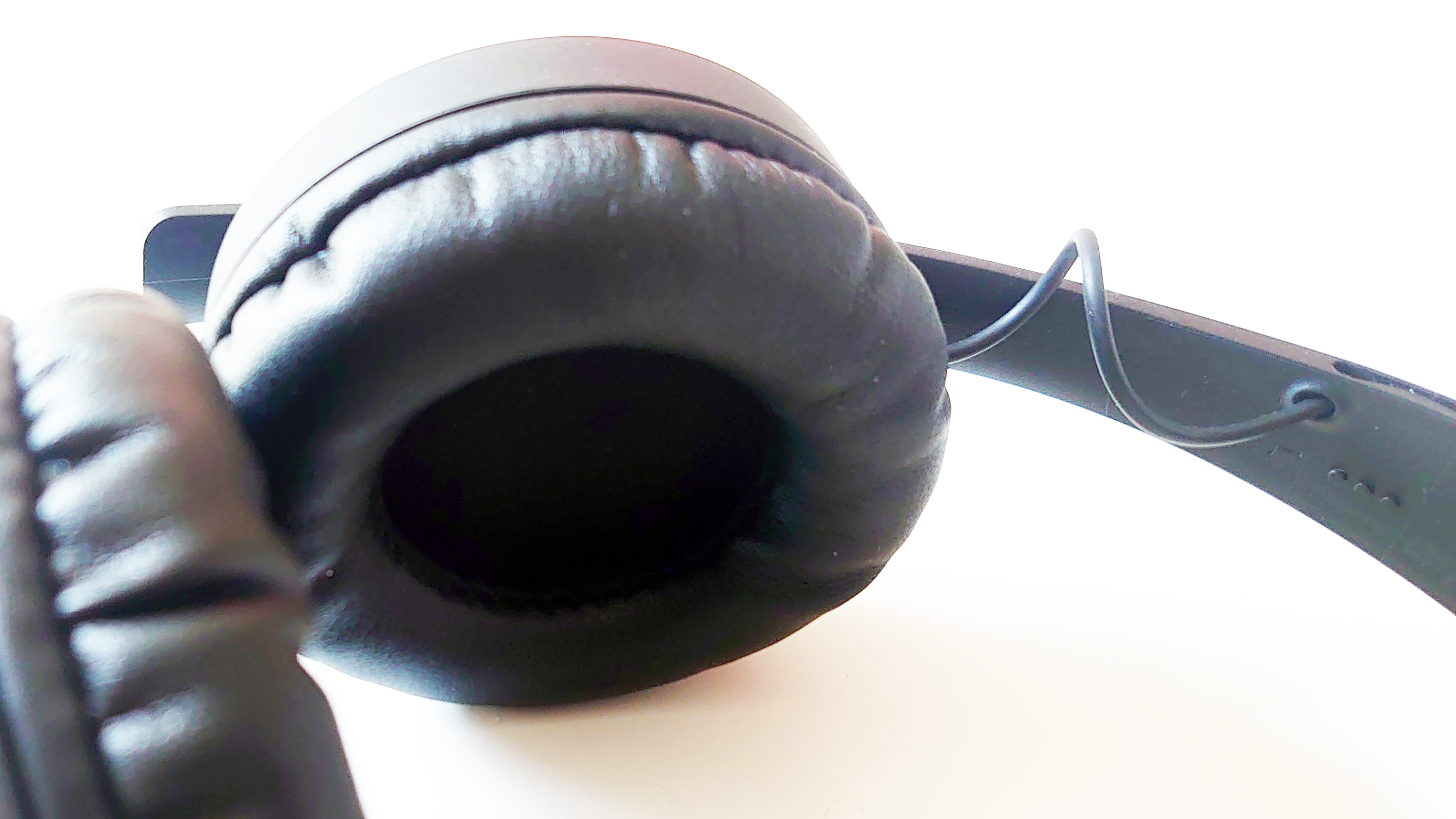
Dynamically, the Sennheiser HD 250BT are rather understated – those who like the sonic fireworks of a ‘quiet/loud/REALLY VERY LOUD’ recording may find the 250BT can squash this expression just a little. The harmonic dynamics that differentiate one guitar strum, say, from another are made perfectly obvious, mind you.
There’s more than enough space on their soundstage for every element of a recording to happily coexist – Townes van Zandt’s Pancho and Lefty sounds as wide-open as its subject-matter. This sensation of spacious doesn’t affect integration, though – so there’s a very agreeable unity to the HD 250BT presentation, and impressive stereo focus to go along with this separation.
Should I buy the Sennheiser HD 250BT?
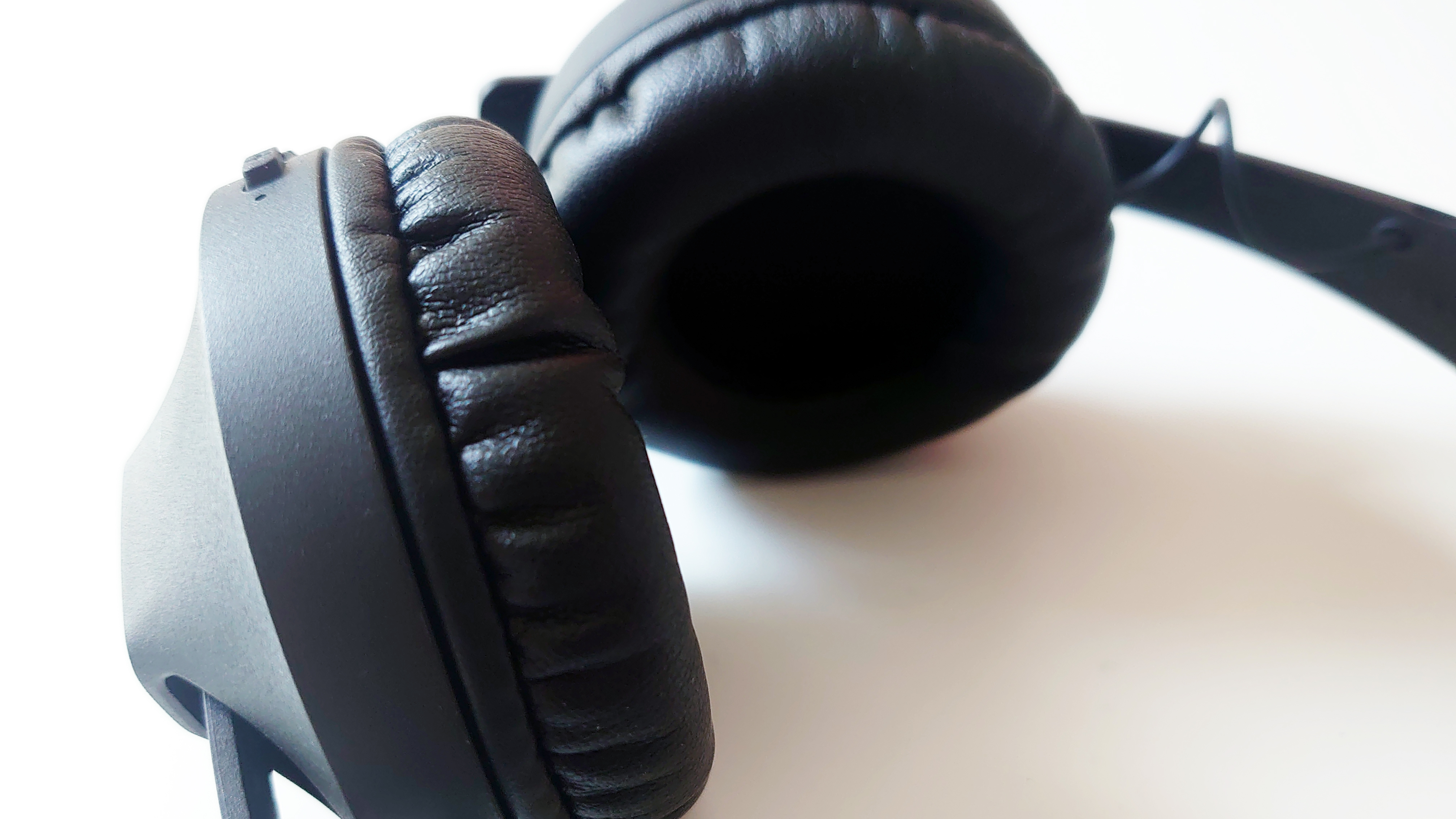
Buy them if...
You want as much fidelity as $70 / £60 / AU$130 will buy
You’ll get a greater sensation of ‘excitement’ from some alternatives, but none are as faithful to a recording as these Sennheiser.
You spend time away from home
A battery life of 25 hours from a single charge is not to be sniffed at.
You don’t want to draw attention to yourself
No shouty colors or mad design flourishes for the HD 250BT.
Don't buy them if...
You like proper low-frequency impact
The Sennheiser HD 250BT aren’t short of bass, but they’re not about to bludgeon you with it.
You enjoy the sound of your own voice
Control here is strictly via physical buttons or your music player.
Comfort is key
They not actively uncomfortable, but there’s a certain austerity to the way the Sennheiser HD 250BT are constructed.
- Looking for more? Check out the best cheap headphones you can buy
Simon Lucas is a senior editorial professional with deep experience of print/digital publishing and the consumer electronics landscape. Based in Brighton, Simon worked at TechRadar's sister site What HiFi? for a number of years, as both a features editor and a digital editor, before embarking on a career in freelance consultancy, content creation, and journalism for some of the biggest brands and publications in the world.
With enormous expertise in all things home entertainment, Simon reviews everything from turntables to soundbars for TechRadar, and also likes to dip his toes into longform features and buying guides. His bylines include GQ, The Guardian, Hi-Fi+, Metro, The Observer, Pocket Lint, Shortlist, Stuff T3, Tom's Guide, Trusted Reviews, and more.
